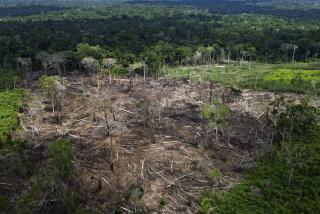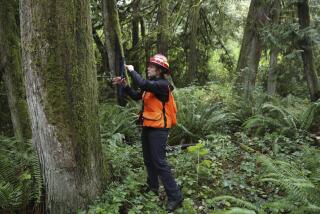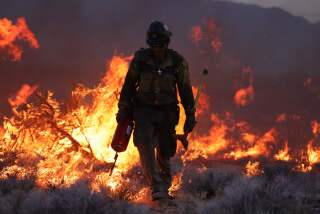Swiss Forests Dying; Apparent Acid Rain Victims
ZURICH â The Alpine forests of Switzerland, one of the worldâs great natural treasures, are gradually dying, apparently from acid rain.
The sulfur dioxide and nitrogen oxides released by power plants, smelters and assorted other factories, as well as automobiles, are carried hundreds of miles by the winds. When they fall into the narrow valleys of the Alps, they can remain for days in the form of concentrated poisonous mists.
One of the areas worst affected is located near Gotthard Pass, in the center of the country. This is where a route cuts across the Alps, linking northern and southern Europe.
The route was traditionally used by mule- and horse-drawn carriages. A century ago, a railway tunnel was built through the mountains, and a major highway with bridges and tunnels was constructed more recently.
Hundreds of thousands of European motorists travel through the region every year, and the gases from their cars aggravate the industrial pollution in the vicinity.
Fritz Pfister, a local forest expert, warns that a âtime bomb is ticking awayâ in the area. He forecasts a day when traffic through the vicinity will be blocked and residents evacuated.
The trees are vital, since they hold the soil together and prevent falling rocks and avalanches. A sign of trouble ahead occurred three years ago, when a boulder crushed the home of a valley family, whose members were fortunately out of the house at the time.
As the forests die, however, whole villages, as well as the road and railway, will be exposed to tumbling rocks, Pfister said. Without the protective trees, moreover, there is the menace of floods, since the earth would no longer absorb the water from the spring thaw.
A specialist at the central office of forest research, Walter Bosshard, believes that a catastrophe could come as soon as a decade from now unless urgent measures are undertaken.
The Swiss Federal Railway system, aware of the possible disaster, is already taking the precaution of bolstering its lines with concrete blocks. But Karl Oechslin, who has studied avalanches in the Alps, calls it illusory to expect that such safeguards could be more than temporary.
More to Read
Sign up for Essential California
The most important California stories and recommendations in your inbox every morning.
You may occasionally receive promotional content from the Los Angeles Times.










